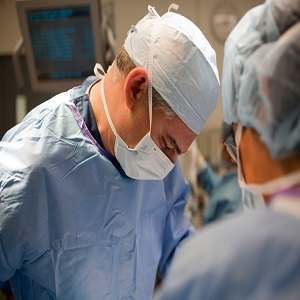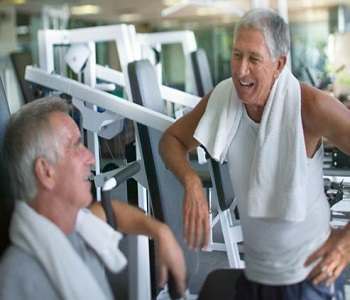Surgery for an Enlarged Prostate
Science knows a few reasons why people experience some problems with their prostate or some symptoms of BPH or Benign Prostatic Hyperplasia that require surgical procedures. Some of them are:
 The patient cannot urinate. At least half of males not physically well enough to urinate require catheterization. In catheterization, a tube is inserted into the urethra down to the bladder in order to flush out urine. The other half of males experiencing trouble will require some invasive surgical procedure.
The patient cannot urinate. At least half of males not physically well enough to urinate require catheterization. In catheterization, a tube is inserted into the urethra down to the bladder in order to flush out urine. The other half of males experiencing trouble will require some invasive surgical procedure.- There can be a blockage to the urethra, which may also cause urinary tract infection, stones in the bladder, and damage to the bladder.
- There is blood in the urine, and it does not improve through simple medications.
- The kidney is damaged.
Sometimes, although the BPH or Benign Prostatic Hyperlasia symptoms are absent, the doctor may still order surgical procedures in order to eliminate uncomfortable effects, or if other treatments failed to resolve the problem.
In such a case, consider the following:
- Will the procedure(s) really help in minimizing the effects of prostate problems, or completely resolve the problem?
- How extent is the prostate enlargement or any other prostate problem?
- What are the post surgery effects or complications?
The most common surgical procedures administered for BPH are usually less invasive, such as when tools designed specially to penetrate the urethra down to the prostate are used, also known as “transurethral surgical procedures”.
Transurethral Resection
- The most widely used surgical procedure is called “transurethral resection” or TURP when part of the prostate is removed.
- Other surgical procedures being administered to treat prostate problems are rarely used compared to TURP such as:
- The TUIP or Transurethral Incision of the Prostate where the prostrate is cut to minimize or release the pressure to the urethra.
- The Transurethral Laser Vaporization or Transurethral Laser Coagulation where a laser technology cuts the prostate to relieve pressure in the urethra.
- The TUMT or Transurethral Microwave Therapy where a microwave kills tissues in the prostate and some surrounding areas.
- The TUNA or Transurethral Needle Ablation where a warm or hot needle kills the tissues in the prostate or some surrounding area.
 These surgical procedures are very recent, and their effectiveness has not yet been established.
These surgical procedures are very recent, and their effectiveness has not yet been established.
The open prostatectomy is a more common type of procedure where the surgeon accesses the prostate through a surgical cut in order to minimize and/or eliminate BPH Benign Prostatic Hyperlasia and its uncomfortable effects.
This particular procedure is commonly used for patients with severe cases.
Things that Need to be Considered
While there are many ways to resolve prostate enlargement and other prostate problems, the existing surgical procedures still provide the highest rates of success. Yet even these cannot guarantee 100% success since there is still the possibility of persistent symptoms.
Also, surgical procedures can cause post-surgical effects such as: incontinence, impotence, and retrograde ejaculation (where semen goes straight to the bladder rather than the penis.) At least, most of the time, the patients who have undergone surgical procedures experience relief.
If the physical condition of the prostate calls for a surgical procedure, the patient must consider which procedure to undergo, depending on the extent of the prostate enlargement. Doctors commonly recommend TURP and TUIP under such conditions. TURP is recommended for patients with a higher level of prostate enlargement, while TUIP is for those patients who have minor prostate conditions. The procedures are performed differently; both of them give the same relief for patients.

 Subscribe Now
Subscribe Now

 A patient or person with BPH or enlarged prostate notices that he needs to cut his sleep short and go to the restroom to urinate, he should reduce the amount of water or any liquid intake before bedtime. Another idea is to reduce the amount of caffeinated and alcoholic drink consumption.
A patient or person with BPH or enlarged prostate notices that he needs to cut his sleep short and go to the restroom to urinate, he should reduce the amount of water or any liquid intake before bedtime. Another idea is to reduce the amount of caffeinated and alcoholic drink consumption.








